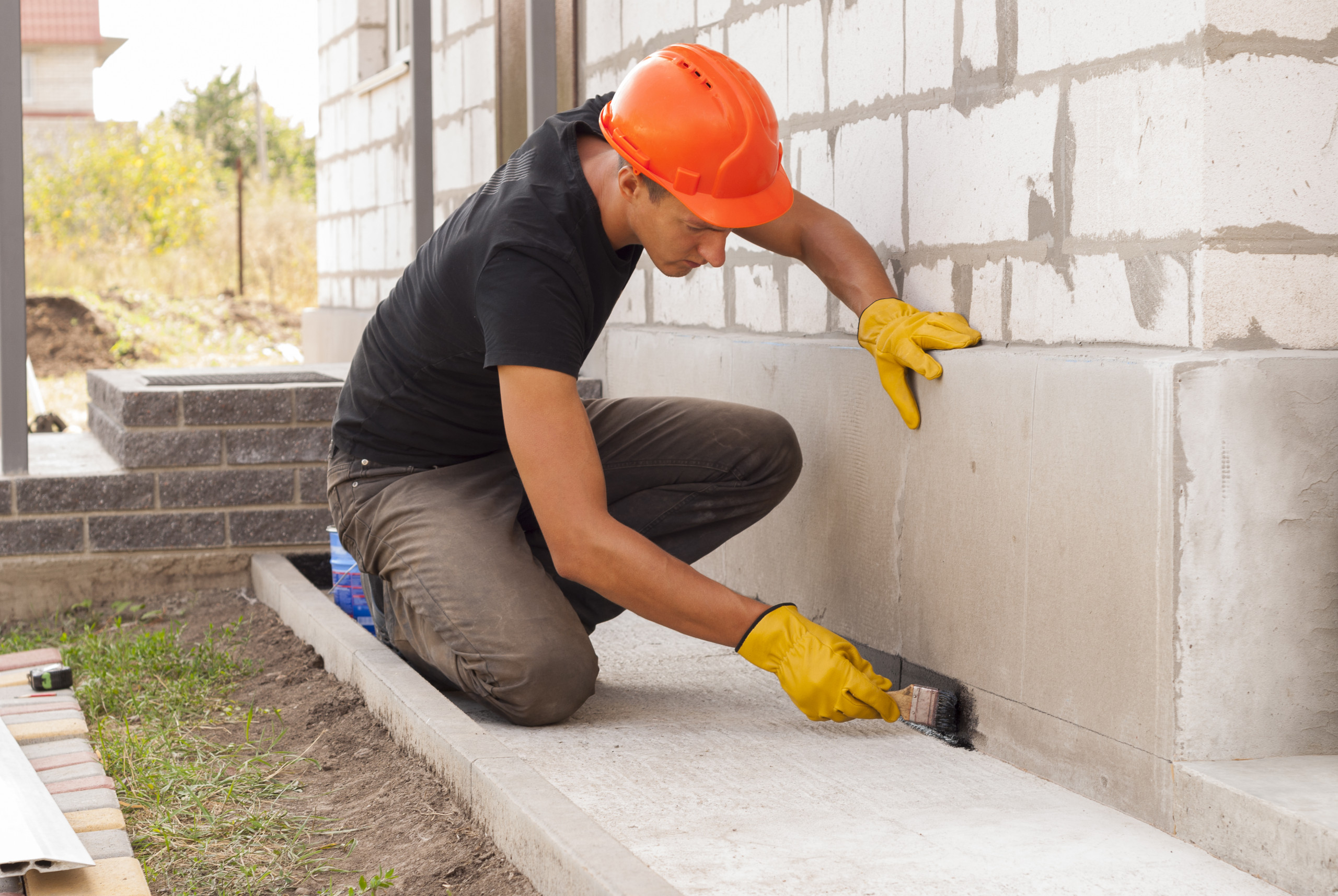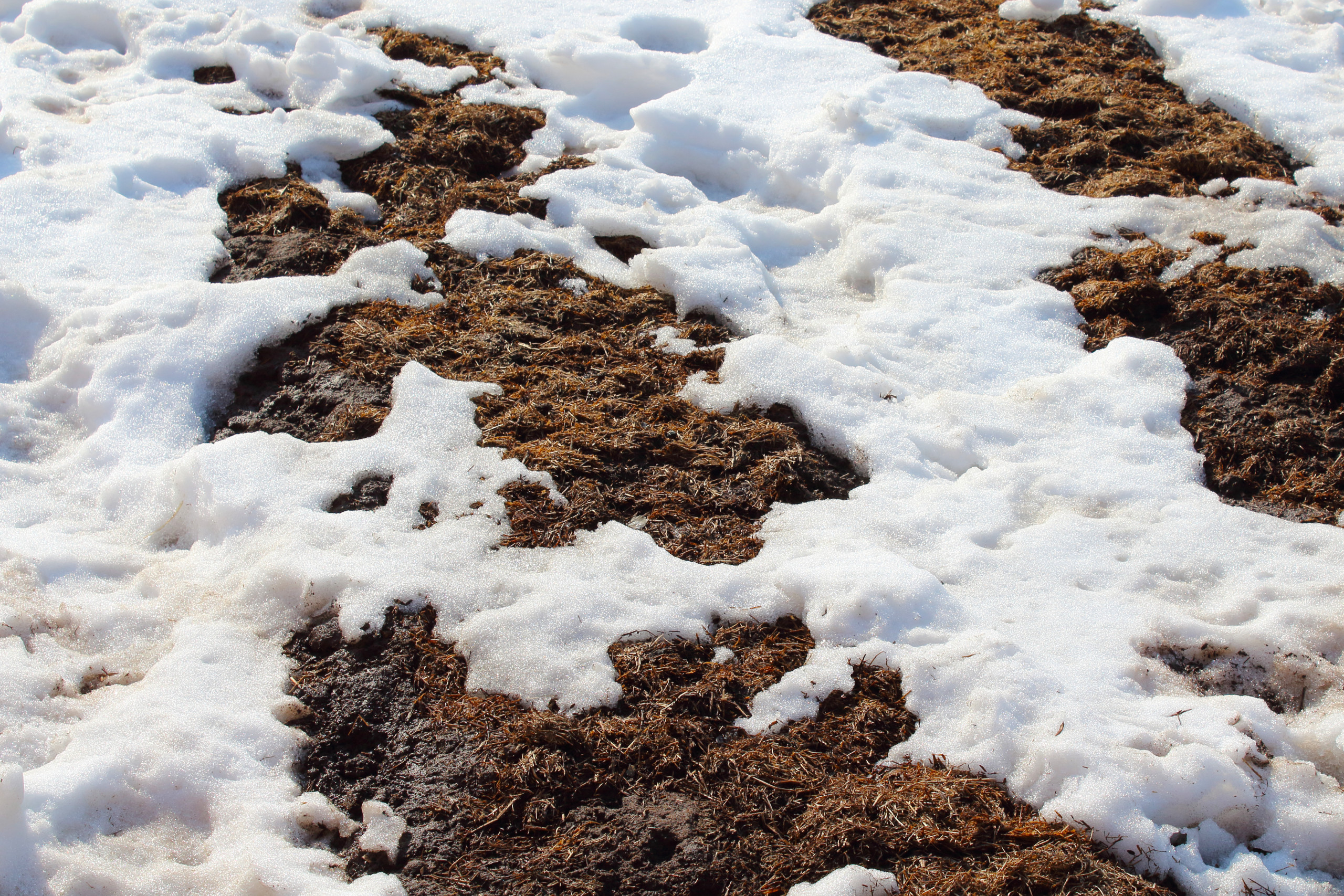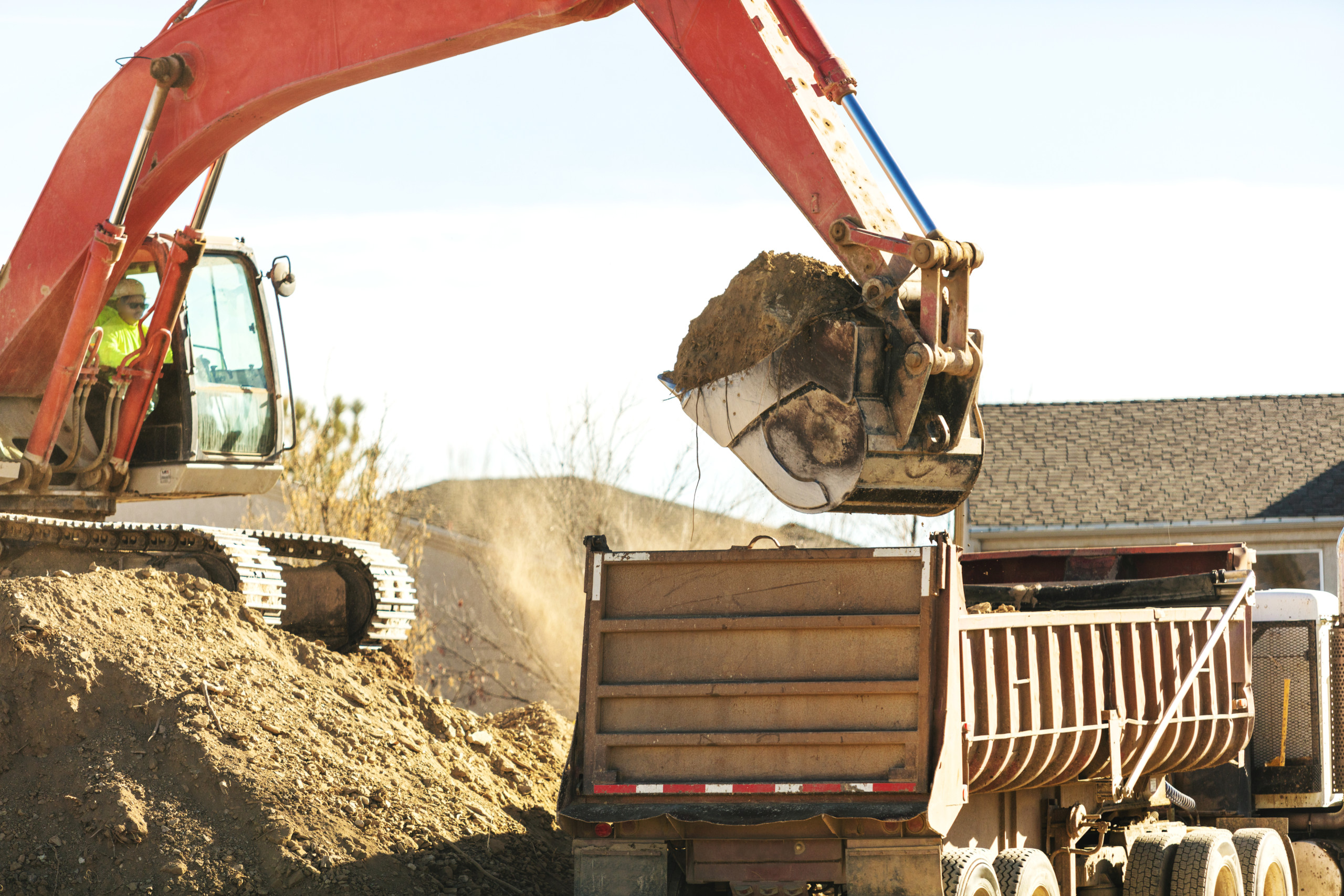by Luke Cronin
Share
by Luke Cronin
Share

Foundation repair isn’t something homeowners usually plan for. Still, it’s critical to address it when issues arise. Whether you’re in Denver or another part of the state, understanding Colorado foundation concerns, costs, and processes can save you time and stress.
Introduction
Homeownership in Colorado means more than picturesque mountain views and vibrant cityscapes; it also involves grappling with the unique challenges posed by the region’s variable landscape. At the heart of these challenges lies the health of your home’s foundation—a crucial element that underpins not just the structure of your house, but the safety and well-being of those who live inside. While often overlooked, foundation maintenance plays a vital role in home longevity, especially in Colorado, where specific environmental factors can accelerate wear and necessitate timely repairs.
This article aims to unravel the complexities of Colorado foundation repairs, guiding you through what to expect and how to prepare for the financial implications. From understanding the factors that contribute to foundation damage to grasping the typical process of getting the issues fixed, we’ll cover everything you need to know to approach foundation repairs with confidence. Whether you’re dealing with minor cracks or serious structural concerns, having a clear picture of the costs and procedures involved can alleviate the stress and uncertainty that often accompany home maintenance surprises.
Understanding Colorado Foundation Repair Needs
Colorado foundation issues are often rooted in the region’s unique soil composition and climate conditions. The state is notorious for its expansive clay soils, which can swell and shrink dramatically with changes in moisture levels. This natural expansion and contraction can lead to significant stress on home foundations, causing cracks, settling, or even structural shifts. Moreover, Colorado’s unpredictable weather – fluctuating between periods of drought and heavy rainfall – exacerbates these soil movements, increasing the risk of foundational damage.

On top of that, the freeze-thaw cycle during the harsh winters can undermine the integrity of foundations over time, especially if they are not properly insulated or have existing vulnerabilities. This is why regular checks, such those in Foundation Damage: Top Solutions for Effective Repair, are crucial. Early detection of problems can mean the difference between a minor repair and a costly overhaul. Being proactive about Colorado foundation health is essential for any homeowner looking to safeguard their property investment against these common regional challenges.
What to Expect When You Repair Your Colorado Foundation
First thing’s first: get a professional inspection. This is where you discover what’s really going on beneath your floors. A qualified inspector will assess the severity and scope of the problem. They’ll look at everything—cracks, signs of settling, and other potential red flags. Don’t try to skip this step; it’s crucial for understanding what you’re up against.
Once you have your inspection report, the next stage is planning the repair. You’ll get recommendations tailored to the problem at hand. The process can vary widely, from filling cracks to more extensive projects like underpinning. An experienced contractor will help you map out a timeline, usually giving a realistic picture of how long it will take and what the day-to-day looks like.
Can you live in your house during the repairs? The answer is usually yes. Most foundation repairs are disruptive but not catastrophic. You might feel some vibrations or hear some noise as crews work, but it’s typically manageable. However, if major work is needed, like replacing a large portion of the foundation, some temporary relocation might be necessary.
Throughout the process, communication with your contractor is key. Ensure that you’re updated regularly about progress and any unforeseen challenges that arise. By staying informed, you can address issues promptly and keep the project on track. The goal is to get your foundation solid and your peace of mind back, without too much hassle along the way.
Colorado Foundation Repair Pricing
When it comes to foundation repair pricing, several factors play a crucial role in determining the final cost. Key considerations include the extent of the damage, the chosen repair method, and the geographical location of your home.
Factors Influencing Costs
- Extent of Damage: The severity of foundation issues directly impacts repair costs. Minor issues will generally be less expensive than significant structural problems.
- Repair Method: Different methods such as crack sealing or underpinning vary in cost and complexity.
- Location: Geography can impact costs due to different soil conditions and regional challenges. For instance, homes in Denver might face higher costs due to complex soil issues.
Typical Inspection Costs
- Inspection Fees
-
- Range: $450 to $1,200
- Purpose: Identifies underlying issues and aids professionals in recommending appropriate solutions.
Costs in Specific Locations
- Denver
-
- General Range: $4,000 to $20,000
- Severe Cases: Can exceed the higher end of the range due to labor, materials, and job complexity.
Budgeting Tips
To ensure you receive a fair price for needed repairs, it’s crucial to:
- Gather multiple quotes from different contractors.
- Compare the extent of work offered in each estimate.
- Consider both short-term costs and the long-term value of repairs.
In summary, minor repairs might cost a few hundred dollars, but extensive repairs may require budgeting tens of thousands of dollars. Understanding the factors at play can provide you with a more accurate estimate of your potential costs.
Types of Foundation Repair and Costs
Foundation repair isn’t a one-size-fits-all deal; it’s more like a menu where you have to order based on what’s troubling the house. Here’s a breakdown of the different types of foundation repairs and their costs:
Crack Repairs
- Purpose: Seals up gaps and prevents water intrusion
- Cost: $500 to $3,000
- Analogy: Think of it as patching up your favorite jeans—cheap and easy unless you’ve really let things go.
Slab Jacking or Mudjacking
- Purpose: Lifts the slab on grade by pumping a special mix beneath the slab
- Cost: $1,000 to $10,000 depending on the expanse of the project
- Analogy: It’s like getting that suspiciously low sofa adjusted so it stops swallowing your loose change.
Underpinning
- Purpose: Adds support below the foundation
- Cost: $1,000 to $3,000 per pier, a structural engineer or foundation repair contractor will specify the required number of piers
- Analogy: This is the full-on structural deep clean—necessary but certainly more taxing on the wallet.
Complete Foundation Replacement
- Purpose: The ultimate solution when conventional fixes won’t cut it
- Cost: $100,000 – $500,000
- Analogy: It’s akin to tearing up your script halfway through a failing movie—it’s costly, disruptive, but sometimes absolutely necessary.
Whether you’re sealing a crack or going all-in with piers, understanding these different methods and their costs will keep surprises to a minimum. Knowledge here is not just power, but also financial savvy.
Preparing for Foundation Repair
Dealing with foundation repairs doesn’t have to be chaotic if you know how to prep your home and life for the process. First things first, clear the way. Make sure that the area around your foundation is easy for workers to access. Remove obstacles like plants, outdoor furniture, and decorative elements. You want the crew to have a smooth path to work with, ensuring the job is done quicker and more efficiently.
Inside the house, relocate fragile items and wall hangings. Vibrations from the repair work can cause some rattling, and you’d rather not hear the sound of grandma’s china shattering. Secure any valuables and breakables. Store them away until the dust settles—literally.

Think about temporary living arrangements. While many people continue living at home during repairs, foundation work can be loud and disruptive. If you have remote work or small children, it might make sense to spend a few days with family or friends. Consider the comfort level and noise tolerance of everyone living with you.
Lastly, check on utility access. In some cases, repairs might interfere with plumbing or electricity, albeit briefly. It’s good to know ahead of time how these interruptions might affect your daily routine. By laying this groundwork, you can reduce stress and focus on the end goal—getting your house stable and secure again.
After the Repair: What Comes Next?
Once the repair work is completed, you’re not entirely in the clear. The immediate aftermath involves a settling process where the house gradually adjusts to its corrected foundation.
How Long Does Settling Take?
- Duration: This process can take anywhere from a few months to a year.
- Factors Influencing Duration:
-
- Repair method used
- Soil conditions
Signs to Monitor
During the settling period, it’s crucial to keep an eye on your home for any signs of continued movement:
- Cracks: Look for any new or returning cracks in walls that were previously repaired.
- Doors: Be alert to sticky or misaligned doors, which can indicate shifting.
- Flooring: Check for uneven surfaces or changes in your flooring.
Monitoring Your Landscape
Stability isn’t just about watching the house itself. Be mindful of changes in your landscape that might affect your foundation:
- Drainage Patterns: Ensure proper water drainage away from the house.
- Tree Roots: Monitor tree growth near the foundation as roots can exert pressure.
- Nearby Construction: Stay informed about any construction activities nearby that could impact soil stability.
Continued Vigilance
Remember, after any foundation repair, continued vigilance is key. It may not sound glamorous, but:
- Conduct quick monthly checks to spot potential issues early.
- These checks can prevent future headaches and protect your investment.
With the groundwork set and eyes peeled, you’ll keep your home standing on stable footing for years to come.
Finding The Right Colorado Foundation Repair Service
Finding a reputable contractor for foundation repair can feel daunting, but with the right approach, you can make an informed choice. Here’s a guide to help you through the process:
Initial Search
- Begin with a simple search: “foundation inspection near me.”
- Look for professionals with a strong track record and positive client reviews.
Comparing Quotes
- Don’t focus solely on price: Examine what each estimate includes.
- Consider quality: Some services might use higher-quality materials or offer additional warranties that provide long-term value.
Evaluating Contractor Credentials
- Credentials & Experience: Choose a seasoned team familiar with Colorado foundation issues like expansive soils and variable weather.
- Licenses & Insurance: Verify these to ensure legitimacy and coverage in case of any mishaps.
Assessing Service Quality
- Transparency & Communication: Opt for contractors who are open and clear from the beginning.
- Detailed Planning: A reliable contractor provides a clear plan and timeline, answering all your questions.
- References & Case Studies: Request these to see their past work and gain confidence in your decision.
Final Considerations
Ultimately, your goal is to find a contractor who:
- Offers a fair price.
- Demonstrates a genuine commitment to restoring your home’s foundation seamlessly and competently.
While the process may involve some legwork, finding the right service is worth the effort to ensure your house stands strong for years to come.
Conclusion
Foundation repair isn’t the kind of thing to sweep under the rug. It’s vital to address issues early to avoid a crisis later. Homeowners can benefit significantly from:
- Keeping a close eye on the integrity of their foundations
- Taking speedy action when issues arise
Unique Challenges for a Colorado Foundation
Given the unique challenges for a Colorado foundation—such as tricky soil and unpredictable weather—understanding the ins and outs of foundation repair costs and processes isn’t just practical; it’s essential.
Managing Costs
Getting a handle on potential expenses involves:
- Understanding what affects foundation repair costs
- Being aware of inspection and repair expectations
This knowledge helps prevent budget surprises.
The Importance of Proactivity
Proactivity is crucial. Here’s why:
- Regular inspections prevent minor issues from escalating
- Addressing problems promptly saves money and reduces stress
By following our simple blueprint, you’ll be prepared to tackle foundation issues, ensuring your home remains solid and safe for years to come.
For a deeper dive into keeping your home’s foundation in check, don’t miss Everything you need to know about foundation repair.

